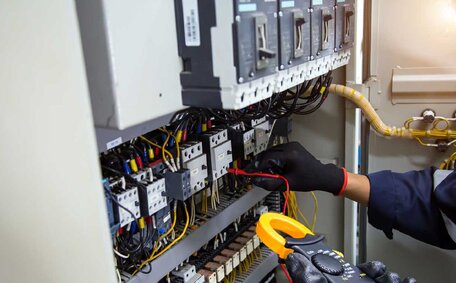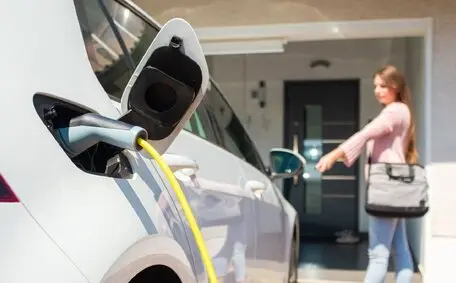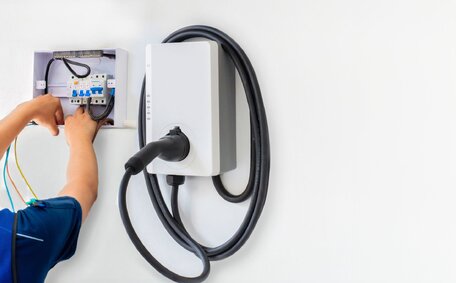
Can Your Switchboard Handle an EV Charger?
Switchboard upgrades improve electrical safety, enhance system reliability, and support modern energy needs. Learn why it’s essential to stay up-to-date.
Read MoreElectric vehicles (EVs) are soaring in popularity as more environmentally conscious consumers seek greener transportation. With an EV in your driveway, you’ll want to install a home charger for faster, more convenient charging. However, many homeowners need to pay more attention to an important step—assessing whether their existing electrical switchboard can handle the increased load from an EV charger.
To install a home EV charger, you need a 240-volt outlet connected to a 40-50 amp circuit. This level of power often surpasses the original capacity of older switchboards. If your electrical panels are outdated, with undersized fuses or antiquated breakers, you could run into problems like blown fuses, tripped breakers, or worse, fire risks.
It’s essential to thoroughly evaluate your home’s electrical capacity before installing an EV charger. In many cases, you’ll need to upgrade your switchboard to accommodate EV charging safely. This guide will walk you through assessing your switchboard, the potential costs, and the essential steps for a smooth installation when your panel is EV-ready. Let’s get you on the road to electrified transportation!
The first step is to thoroughly evaluate your current electrical system capacity to determine if it can handle the addition of an EV charger’s power demands. The switchboard contains various RCD safety switches, circuit breakers, and fuses, reducing electricity overloading and possible fire and electrocution hazards. Start by looking at the primary circuit breaker amperage rating - a service panel rated under 100 amps likely can’t support a 40-50 amp EV charger without tripping.
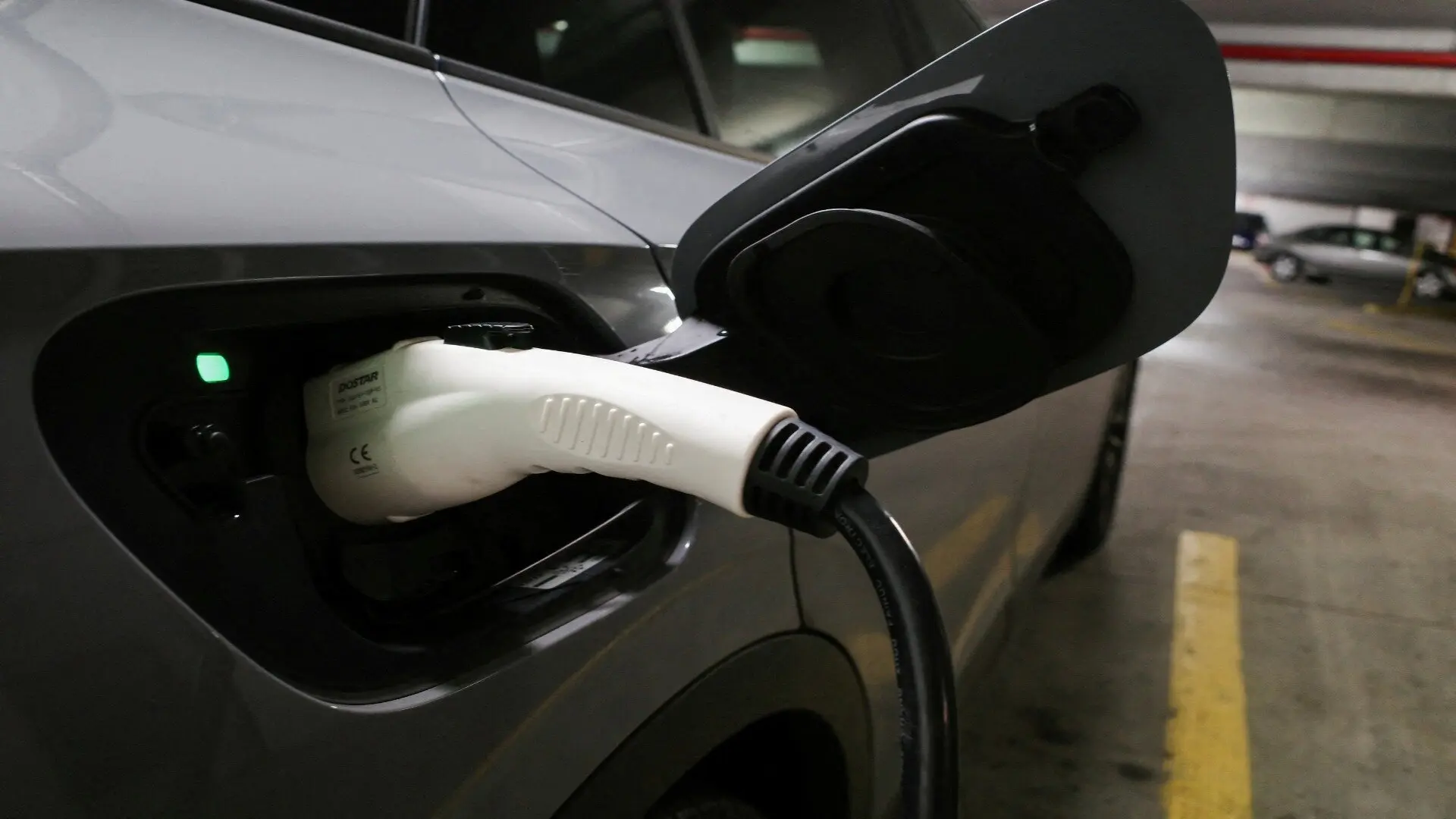
Use a smart meter to thoroughly calculate your home’s electrical loads, quantifying any spare capacity. An electrician can perform detailed load calculations to verify if there’s enough room for the consistent energy demand from EV charging.
If you live in an older home with outdated wiring, limited services, or insufficient spare capacity, a switchboard upgrade will be necessary to prevent overloading hazards from adding an EV charger. It’s crucial to carefully assess your current system to accurately determine what’s needed for an upgrade.
Most homes, particularly older ones, will require switchboard upgrades to support EV charging. If you’re considering adding solar power to your home, newer switchboards are a must for efficient operation. Homes with outdated 60-100 amp main fuse panels should upgrade to a 200 amp service to handle the increased load.
Even homes with 100-150 amp breaker panels might need upgrades to handle a 40-50 amp EV charger circuit. If your panel’s amperage and available slots are insufficient, a complete switchboard replacement is necessary.
For other homes, a more targeted upgrade of just the main breaker to 200 amps and the installation of a new dedicated circuit for the EV charger is sufficient. When detailed electrical load calculations show that the existing capacity is tapped out and that a new high-draw circuit cannot be fed, there’s no safe option besides upgrading the switchboard to meet modern demands. This may seem costly upfront, but it prevents hazardous issues.

Safety should be the top priority when upgrading your electrical service for an EV charger. All work should adhere to local codes and be performed by qualified electricians only. According to expert load calculations, the new service panel and breakers must provide sufficient amperage and circuits for the EV load and existing household needs.
Electrical installations must also follow proper procedures to avoid hazards like electrocution or arc flashes. Correct wiring gauges that can handle the electrical current must also be used.
Other safety steps include installing surge protectors and ground fault circuit interrupters and properly fusing all lines according to ampacity ratings. While seemingly complex, following safety best practices and using certified electricians ensures your upgraded switchboard and EV charger installation are compliant and risk-free.
Upgrading enables a more efficient power distribution, reducing energy wastage and lowering electricity bills. Once you’ve determined that a switchboard upgrade is required to support an EV charger, the next step is to plan out the scope of work. Upgrading a switchboard or meter box involves several key stages:
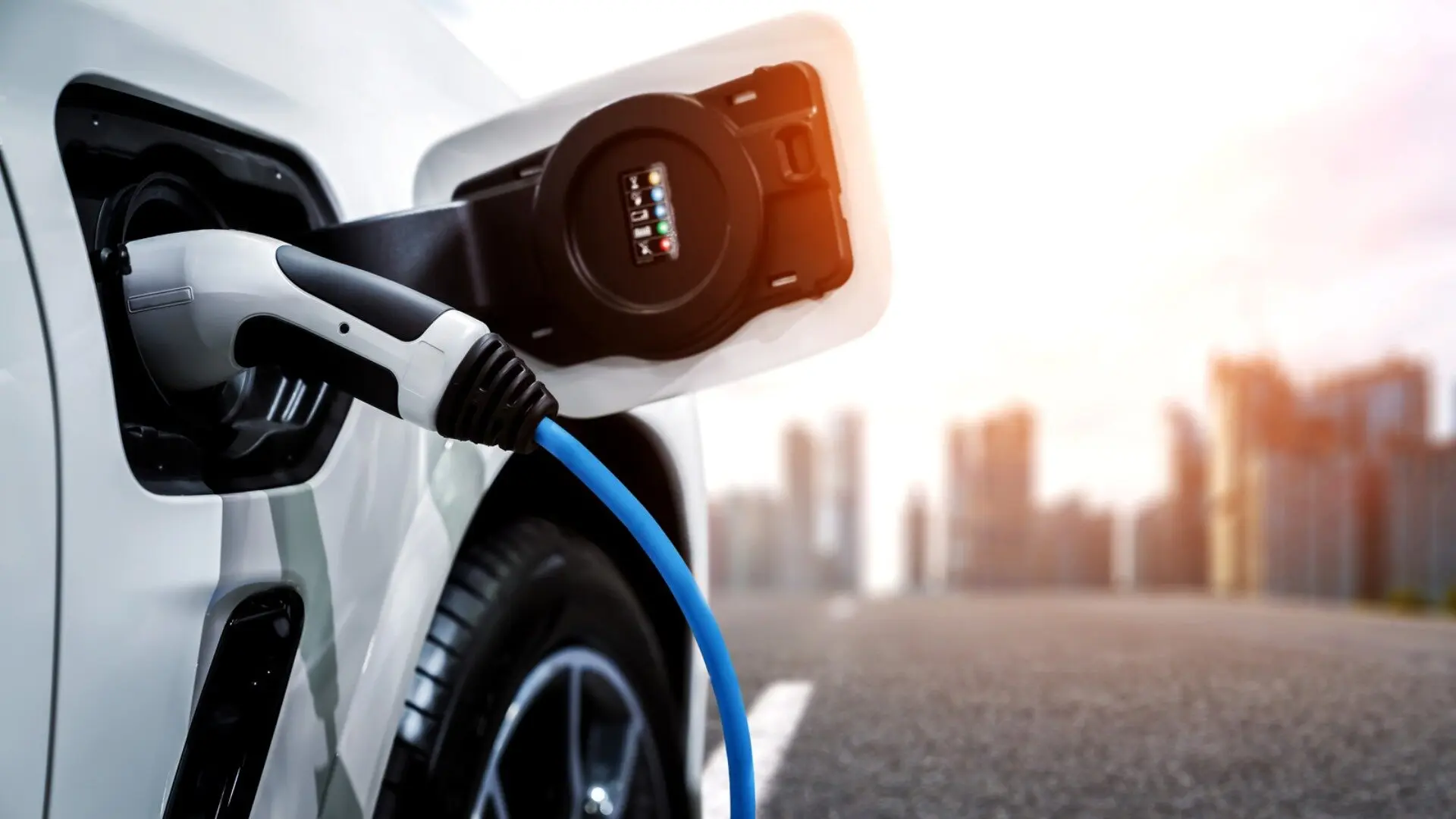
A certified electrician should calculate your home’s electrical loads to right-size the new switchboard and components. All existing and planned circuits are factored in.
Building permits are usually required for service panel upgrades. The electrician will know the regulations and obtain proper permits.
The physical switchboard installation process involves shutting off power, removing old panels, installing new enclosures, running wiring, adding circuits, and integrating the main breaker.
Most areas require an inspection by the local building department to verify code compliance before reconnecting more power.
The electrician will install an appropriately sized main breaker and a dedicated 40-50 amp 240V circuit breaker for the EV charger.
Verify proper grounding, polarity, and operation of all circuits. Install surge protection and GFCI as needed.
With the upgraded service panel correctly installed and safety verified, you’ll have sufficient higher capacity and the proper circuit for your electrician to connect the wall-mounted or hardwired EV charger securely.

Once your electrical service is upgraded to handle the demands of EV charging, you’re ready for the charger installation. Have a professional electrician install a dedicated 40-50 amp 240-volt circuit for the charger, terminating at a new outlet close to the parking spot.
Hardwired EV chargers are also an option. Carefully follow the manufacturer’s installation guidelines and only use recommended wiring components rated for the charger’s energy needs.
Program any safety features like ground fault protection on the new circuit breaker. Your upgraded service panel and properly installed circuit allow you to plug in and reliably charge your EV without power issues or hazards.
Be sure to inspect and maintain your new EV charging setup periodically. The right switchboard capacity and charger circuit are key to safe, effective home charging.
Installing an EV charger at home is an exciting step toward sustainable transportation. But first, your electrical service must be ready to handle the increased load safely.
Upgrading an outdated switchboard should be the initial investment when preparing your home for EV charging—additional capacity for future upgrades such as solar panels or EV chargers.
By understanding your current electrical capacity, when upgrades are required, associated labour costs, and following essential safety steps, you can upgrade your switchboard appropriately before installing your charger. While it may seem daunting, having a qualified electrician assess your needs and perform the switchboard upgrade is worth it for peace of mind.
For expert assistance with switchboard upgrades or any electrical services, reach out to Bright Force Electrical. Our master electricians will assess your home’s readiness for EV charging and suggest solutions that suit your needs. Investing in proper electrical capacity ensures you can safely enjoy the convenience of home charging. Contact Bright Force today to get started!
Have a licensed electrician inspect your current switchboard, noting the primary breaker amp rating and number of available slots. They should also do load calculations to determine spare capacity. If your system is outdated or undersized, a switchboard upgrade is likely required.
Most dedicated EV chargers require a 240V circuit with 40-50 amps. This provides sufficient power for faster single-phase level 2 charging. Modern houses with high-powered appliances like air conditioners, large stoves and pool pumps are already reaching the single phase’s capabilities. Single-phase has a low voltage of 230V, which could take longer to charge your vehicle.
It’s generally not recommended. A 100-amp service is usually unable to safely power an additional high-draw circuit. Upgrading to a 200-amp panel is ideal for EV charging.
Upgrading the main service panel is preferred to provide sufficient capacity for the EV charger and your home’s current and future needs.
Use certified electricians, follow codes, size wiring correctly, install safety devices like GFCIs, and ensure adequate overall electrical capacity.
Periodically inspect the charger, wiring, and circuit breaker. Check for damage, overheating, and other warning signs. Keep connections clean.
Did you enjoy reading our article “Upgrading Your Switchboard for EV Charger Installation”? We have many related articles you may also be interested in reading, like the below:
Switchboard upgrades improve electrical safety, enhance system reliability, and support modern energy needs. Learn why it’s essential to stay up-to-date.
Read MoreA reliable switchboard is essential for a commercial property’s safety and efficiency. Discover key factors to ensure the right choice for your business needs.
Read MoreChoosing where to install your EV charger is important. This guide will help you find the best spot by considering proximity to parking, power supply routes, and expansion possibilities down the road.
Read MoreWe will call back as soon as possible.
